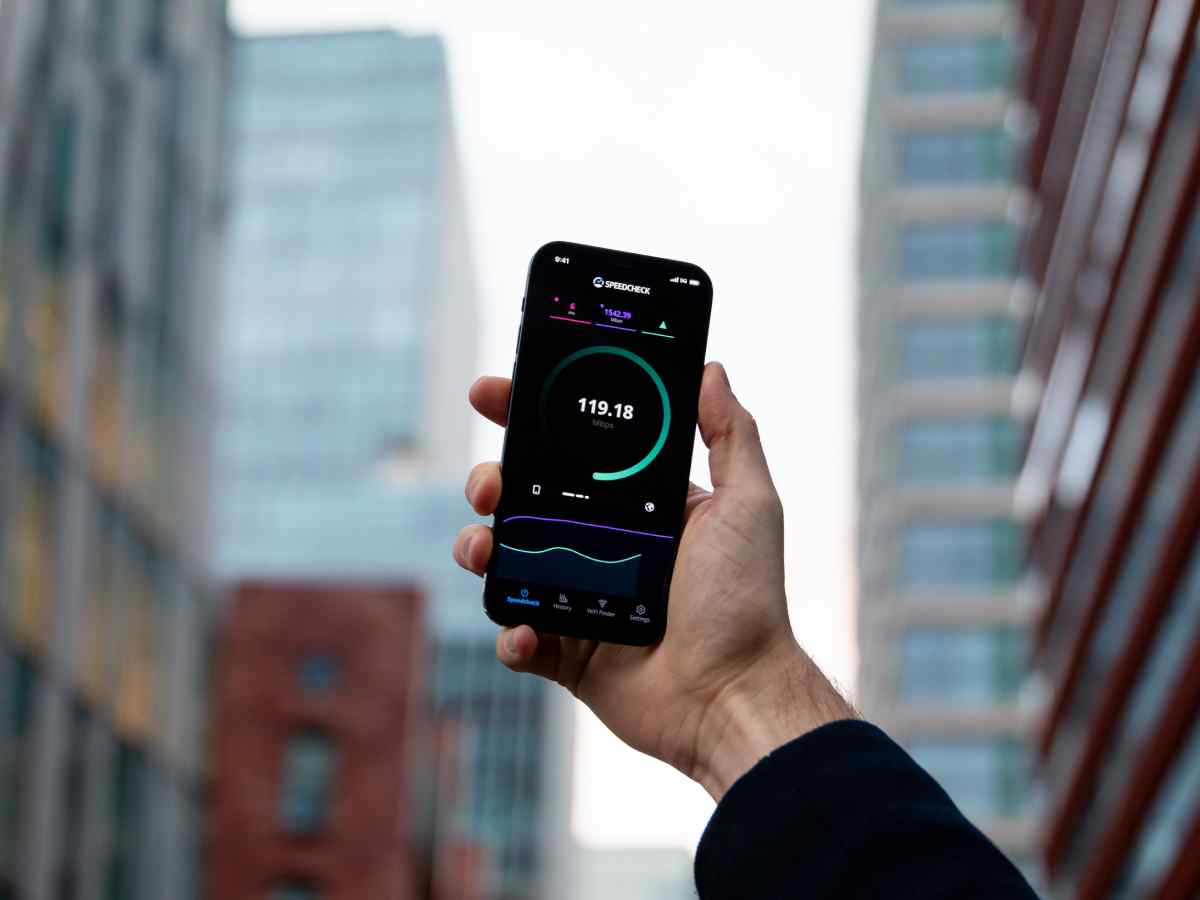We often use the Internet on our mobile, which gives us the feeling that it is going too slow or, at least, that it should go faster due to the speed we have contracted.
We teach you how to measure the Internet speed so that you can draw your conclusions: if you have good coverage, you need a rate with more megabytes. There are too many connected devices… Stay. It’s straightforward!
Table of Contents
How To Know My Internet Speed
To know how fast we navigate, we must remember that speed depends on different factors, even more so if we talk about mobile Internet. Coverage, for example, is paramount.
If we want to know how fast we are sailing, there is a straightforward way to check it: with a speed test.
As you already know, we like simple things. We have created a page where you can check your real Internet connection, a speed test.
How is it used? Well, easy, you have to enter the page and click on “Start test”:
How To Measure Internet Speed: Recommendations
So that the results are as accurate as possible, these are the recommendations to measure the speed of your Internet:
- To know the actual rate, do it with a network cable connected to the device from which you do it since there is a little more loss over WiFi
- Disconnect the rest of the devices connected to the network as far as possible to do the test
- Make sure that your computer is free of viruses and malware that could cause a problem with your connection
- Disable antivirus and close programs that may be connected and slow down your internet speed
Keep your drivers up to date to achieve the best possible performance when testing
How To Interpret Internet Speed Results
Here are some steps to help you:
Measure your internet speed and write down the results
First, check the data on your internet speed test. Internet speed tests measure the upload and download speed of your Internet connection.
While the upload speed is the one at which we send and transfer data over the Internet, the download or download speed is the one at which information is downloaded from the Internet. See more details on what upload and download rate is reasonable.
In the speed test, the ping and jitter times are also measured.
The ping is the latency, how long it takes to transmit the data on the network. In this case, the lower its value, since you will have less latency and, therefore, less delay and faster connection speed.
Jitter is the fluctuation, the variation in the time it takes to transfer information from your connection. If you already use fiber, the jitter value will be minimal, and it will only be relevant if you continue using ADSL (don’t you know the advantages of fiber optics yet ?).
Compare average results
Then compare your results to the average results for your Internet speed. These intermediate results vary by geographic location and connection type.
Evaluate the results of your connection speed
Finally, evaluate your results against what you need. If you need a fast connection to play online games or stream videos, you will need to have much higher download and upload speeds than a simple web browsing connection. Find out how many megabytes of the Internet you require.
Now that you know this tool takes the opportunity to get the most out of it! By knowing your Internet speed, you will learn how to optimize your connection depending on whether you need to download something, want to watch a video without interruptions, etc.




